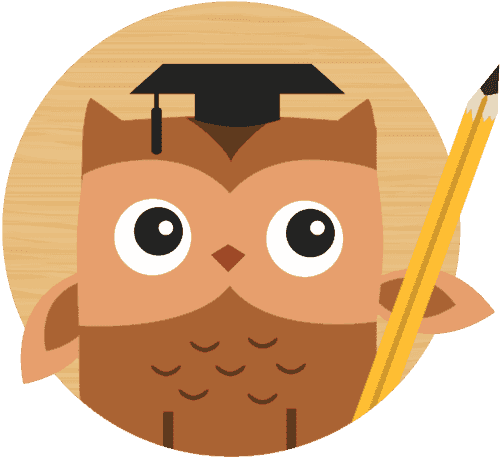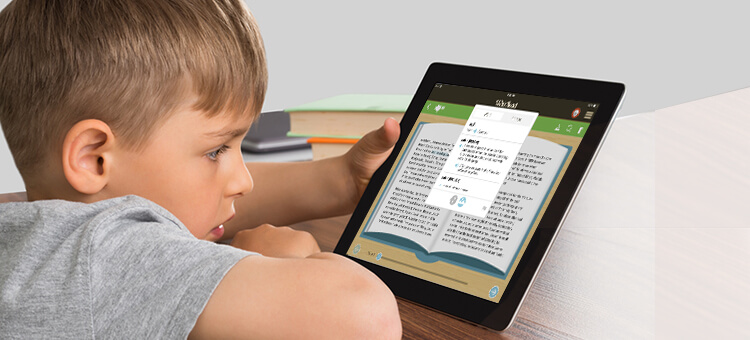Beginning the journey of reading can seem challenging. Whether you are a child, an adult, an ESL student, or someone with learning difficulties, honing your reading skills isn’t as difficult as it may seem. Here you will discover the key facts you should follow when learning how to read.
1. Understand the Letters
The very first step is understanding the letters themselves. Distinguish the difference between the vowels and consonants. A, E, I, O, U are the vowels for which you use the back of the throat versus the consonants which is the tongue. Once you repeat that and grasp the letters you can start understanding the words they form.
2. Punctuation
You will want to know the basics of how punctuation works so you don’t misinterpret the meaning of a sentence. The 4 main ones you need to know are the comma (,), period (.), question mark (?), and the exclamation point (!). The comma represents a pause, a period is the end of a sentence, a question mark is simply asking a question, and the exclamation point means there is a strong emphasis on that sentence. Once you master this then you are ready to find something to read.
3. Source and Subject
When choosing the source of your materials make sure it is something that is written at the reading level you are at. Start with something very easy and work your way up to more complicated materials. You also want the subject matter to be interesting. It is hard to read something that you don’t like when you’re a proficient reader let alone trying to do it when your learning. The subject matter is more important than you think. If you are interested in Basketball choose material that has to do with basketball.
4. Pace
It’s all about pacing yourself. There is no time limit, so take your time. Repeat sentences as many times as you need. If you don’t know the meaning of a word you can look it up, then repeat the word/sentence again. Eventually you will get into a flow of how you best understand a word/phrase. Moving too fast will keep from fully understanding what you read.
5. Listen
The sound is a critical part of learning. It’s not just about reading things over and over but also understanding the sound associated with certain words. Sounds can help a reader comprehend the meaning better and therefore understand the phrase. You can also read aloud to help. Let’s take a bird as an example. Hearing the sound a bird makes and then hearing yourself read it out loud does wonders for comprehension.
6. Move Around
You don’t have to sit for hours reading. It helps to get up and move around and play with the words. You can associate your movement with the word you are trying to remember. For example, think of the word grass. Once you see the definition or see a picture then go outside and stand on the grass and/or touch it and play with it. Say the word as you are doing this. This is a great way to physically have something to associate with when seeing the word. When it comes to a full sentence, try doing what the sentence is saying such as “Going outside to touch the grass.”
7. Watch
If possible you should watch a video on the subject matter. Taking the example of a bird you can look at a picture and listen to the sound of a chirp but watching a video of the bird flying and landing on a tree branch then chirping does a lot for cognitive recognition.
Using these methods when starting to read will help you truly comprehend the material. These tools are not just for children learning to read but also someone who is trying to learn English as a second language, an adult with learning difficulties or just a slow reader trying to improve their cognitive abilities.
You can also use reading apps like WhizRead which allows you toencompasseshear the definition of a word, have a passage read out loud, view pictures and videos of words, and more. It encompasses all of the sensory tools needed to help you learn and improve your reading skills. Educational apps like that are perfect for anyone who wants to improve their reading comprehension and become more confident readers.
If you have any questions about reading or want to know more about the tools out there to help contact WhizRead at team@whizread.com.

